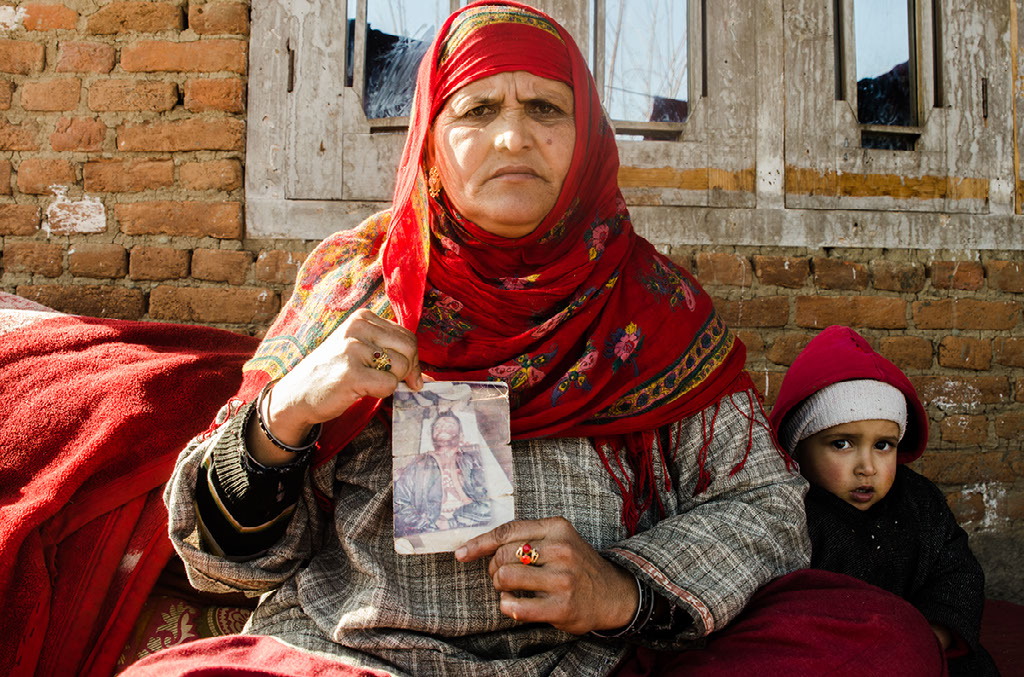It is rare to come across positive wildlife stories. We, humans, have done a pretty good job is depleting the population of most other species on the planet! But when I heard about the efforts by an Indonesian businessman to save the tigers in Sumatra, I was hopeful. It is a story worth sharing.
The Tambling Wildlife Nature Conservation is part of the Bukit Barisan Selatan National Park and is located at the tip of the island of Sumatra in Indonesia.
It is a 45,000-hectare forest and an additional marine conservation area, that has been adopted by Tomy Winata, an Indonesian businessman with interests in infrastructure, banking and property. The endangered Sumatran tiger, a distinct subspecies is thriving in the Tambling wildlife preserve.

Tambling Wildlife Nature Conservation, Sumatra, Indonesia
Singapore-based Channel News Asia got in touch with Novista Productions, based in Kuala Lumpur, to produce a documentary on the efforts by the park officials to release man-eating tigers back into the wild. Novista is a Malaysian production company with a background in making wildlife and more recently construction-based films.
Their past credits include the award-winning Among the Great Apes with Michelle Yeoh and the Smart tunnel for NGC. Harun Rahman and Lara Ariffin are the husband and wife team that runs Novista.
Harun and Lara of Novista

Once a tiger becomes a man-eater, usually because of the loss of its natural habitat, it is captured or put to an end. Very rarely is it freed back in the wild. “Tomy Winata has been releasing man eaters back in the forests of the park’s area and we wanted to capture one such release, to actually see how a tiger manages to adapt back into its natural habitat,” says Lara, the producer of the film. The team worked for over a year taking recee trips to get to know the park officials and the people who lived in the villages near the national park. “The fact that we could speak the language (Bahasa Indonesia is very similar to Bahasa Melayu), made all the difference.
The people opened out to us more freely, and Tomy himself was more comfortable speaking his own language, and thus I think we could capture the true essence of the land”, Lara continues.
Saving Sumatra’s Last Tigers tells the story of a suspected man-eater, Panti, who has been released earlier in Tambling, but comes back to the park wardens with an injury when she is close to giving birth to her cubs. The wardens are overjoyed that she has mated in the wild, and after a few months of care for the mother, they decide to release her and her cubs back into the jungles of Tambling.
The documentary follows the story of her release and also other man-eaters who are now thriving in this nature preserve. Indonesia lost the Javanese tiger and the Balinese tiger, but thankfully, the Sumatran tiger is still around, with an estimated 400 tigers in the wild.
Panti with her cubs

Made with a commissioning budget of 90,000 Sing dollars (approx. 70 K USD), the team started work in January 2014 and the film went on air in March 2015.
“Asian broadcasters just do not have the money to invest in wildlife films”, laments Harun Rahman, the director of the film, and also President of Mydocs, the Malaysian Documentary Filmmakers Association. The commissioning budgets of most international broadcasters in the region range from around 50-200,000 USD.
But more often than not, the broadcasters get support from corporates, pushing the budgets up. Hence one invariably sees so many mega-structure documentaries, as they are funded by construction companies. “Wildlife has very little corporate support, and so even though people might be interested in watching wildlife films, there aren’t enough getting made”, mentions Harun.
Harun has been working on upgrading the skills of Malaysian documentary filmmakers for years now and has also been collaborating with government authorities to promote documentary filmmaking in the country. But he is not positive about the future of documentaries in Malaysia. “Local broadcasters and government agencies are afraid to broadcast documentaries.
There are so many examples of films that we producers have made for Asian broadcasters, but these are never shown in our own country. The most recent example is an investigative documentary on the recent Air Asia plane that went down, it was removed from the air on Astro (the largest pay-TV operator in the region) at the last minute without any explanations.”
With the imminent launch of two new Asian factual channels, one by Astro itself, and the other by Turner this year, there will be more work for documentary producers in the region. Maybe more stories about wildlife in the region will hit the screens soon.
But as Lara says in her parting shot, “What I really want to do is make a film on Malaysian tigers”, and Harun quips, “And how they are just not being saved. You can bet that film will never be shown here!”
